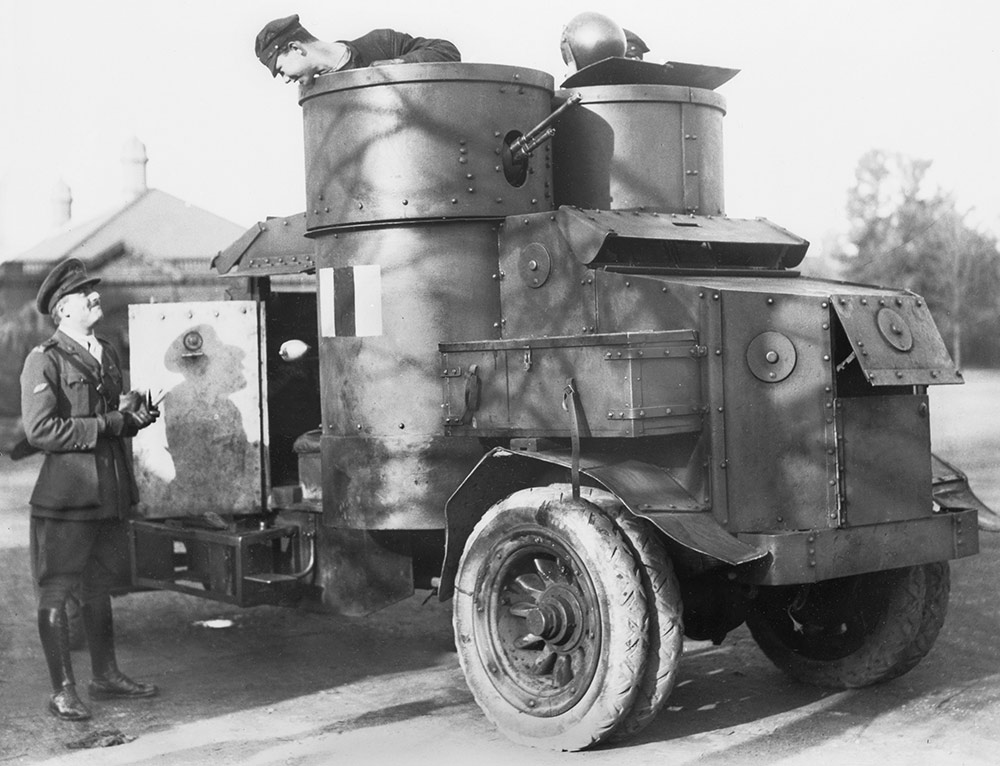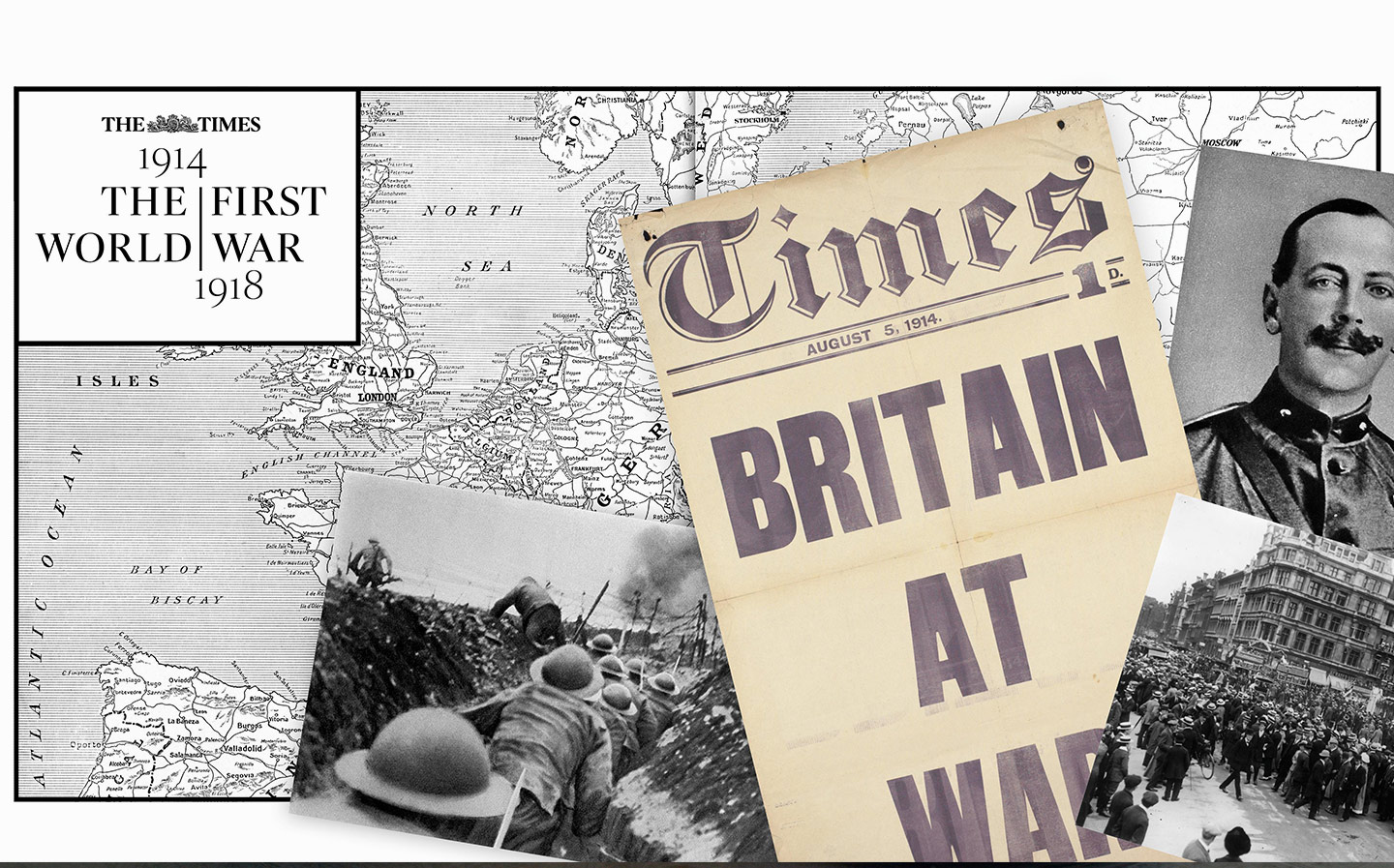First World War armoured cars’ adventures: a Times report from 1916
"In the absence of good water, tea was sometimes made from water from the radiators"
WHEN WAR was declared in August 1914, The Times, under its chief editor, Wickham Steed, embarked on an extraordinary project. As well as authoritative daily war reports in the paper itself, a separate weekly supplement would be produced, with 40 extra, illustrated pages of in-depth analysis. The result was The Times History of the War, collected into 22 massive volumes in 1921: 11,000 pages; 6 million words; thousands of photographs, graphics, illustrations and maps.
To commemorate the 100th anniversary of the First World War, The Times has been issuing a weekly email digest drawn from the History of the War and from the paper’s daily reporting of events.
The following is an extraordinary report from 1916 recounting the exploits of a British armoured car division in Turkish Armenia.
ARMOURED CARS’ ADVENTURES

A First World War Armoured Car – c1914. (Photo by Past Pix/SSPL/Getty Images)
Petrograd, Oct. 13. The Tsar has received the commander of the British armoured car unit in Russia at the Imperial Headquarters.
The British armoured cars have had exciting times in Turkish Armenia. When they branched off from the main road they had to rely on rough bullock tracks. Some of the mountain gradients were so steep that the cars had to be hauled up by hand and then lowered again by ropes. Rocks on the track caught and ripped the base plates, thus letting out the oil. In a single day 12 cars were damaged, but all except two started again after a couple of hours, thanks to an ingenious patching device, in which ordinary shaving soap was held in position by medical plaster. One driver, unable to obtain either plaster or soap, took six lead bullets, melted them on a “Primus” stove, poured the liquid into a mud moulding, and mended the hole by this means. One squadron took two days to cross a river, the men working the whole time quite naked.
The cars have been in action many times. A most successful attack was made on the Turkish left flank on the village of Norshen. Not only was the village taken, and the enemy dispersed with considerable loss, but the Turkish base in the rear of the position was shelled by the cars’ guns and a magazine was blown up. Before this action the cars ran short of petrol. There was not enough left even for them to retire if attacked. What little petrol was left was gathered from all the cars and put into one armoured car, which was then ostentatiously sent out as though to inspect the road, and thereby suggest to the enemy that an attack was contemplated. The ruse was completely successful.
In the absence of good water (dead bodies filled the streams), tea was sometimes made from water from the radiators of the cars. Cattle obtained from the Kurds furnished welcome meat, while occasional fish diet was provided by firing cartridges in the rivers. One trouble was the extreme coldness of the nights.
One squadron, under Commander Belt, is now operating in Persia on the south of Lake Urumiah. Lieutenant-Commander Dye and Warrant-Officer C J Smith have been awarded the Vladimir Order for meritorious service and bravery. Petty Officers Cox and Macmahon have gained the St George’s Medal.
Sign up for the weekly email with extracts from The Times History of the War: ww1.thetimes.co.uk





